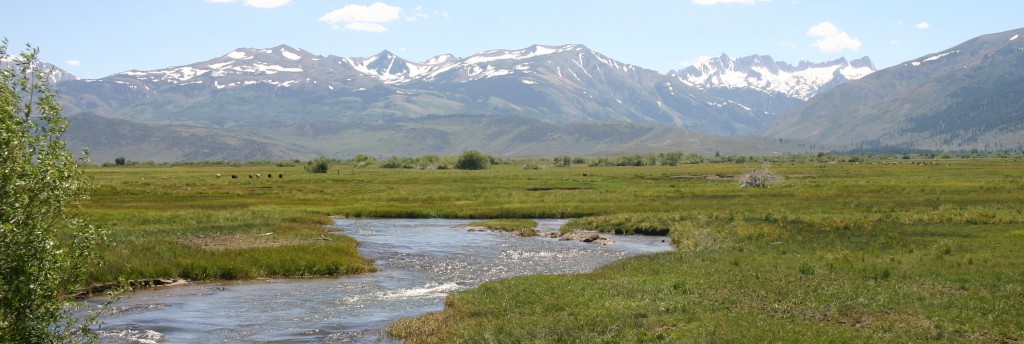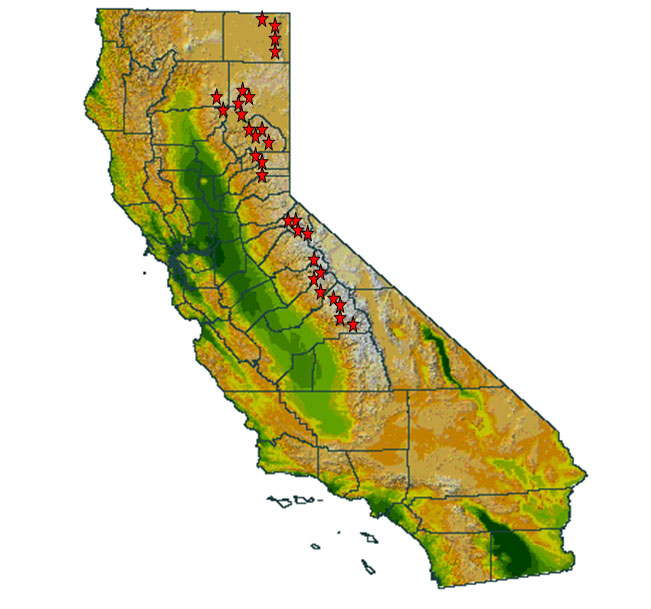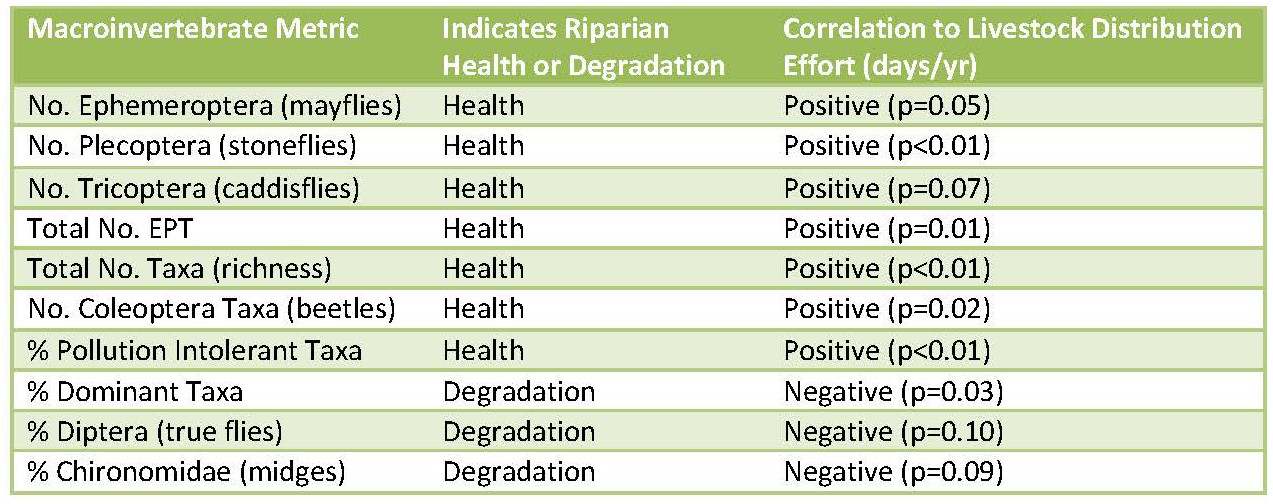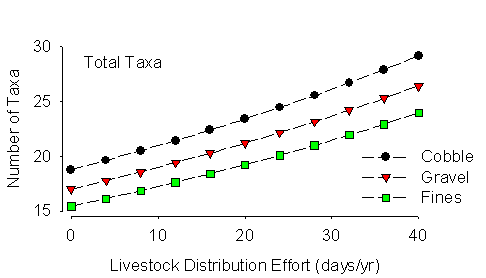Livestock grazing on stream associated mountain meadows in California can negatively impact riparian vegetation, stream stability, water quality, and wildlife habitat. However, we have observed degradation at some grazed meadows but not others. This reflects differences in grazing management and meadow/stream resiliency to grazing. We conducted a cross-sectional survey of grazed riparian areas to identify and promote sustainable riparian grazing management.
Project Objectives
- Identify grazing management activities associated with healthy mountain meadow streams.
- Extend these recommendations to grazing managers, regulators, and policy makers.


Study Sites
Fifty-eight grazed meadow – stream riparian areas were enrolled in this cross-sectional survey. Sites were located on both public and private grazing lands across the Sierra Nevada Range, southern Cascade Range, and Modoc Plateau.
Data Collection
A management survey was conducted with each grazing manager to quantify management activities at each site, such as number of head, class of livestock, season of use, time spent herding to distribute livestock, etc.
A first approximation of riparian health was determined for each site using the U.S. EPA Habitat Assessment Field Data Sheet (HAFDS), which assigns a health score of 0 (very poor) to 20 (excellent) based upon an 11 panel site assessment.
A direct measure of riparian health was made by collection and taxonomic ID of in-stream macroinvertebrate (insect) samples and calculation of indicators of stream health (e.g., richness, diversity, % sample composed of pollution intolerant taxa).
Various site characteristics were measured, such as stream substrate type, solar radiation/canopy cover, channel width and depth, and streambank vegetative cover.
Key Results
Linear regression analysis was used to identify grazing management activities and site characteristics which were positively and negatively correlated with U.S. EPA HAFDS health score (0 to 20).

Negative binomial regression analysis was used to identify grazing management activities which were positively and negatively correlated with 10 macroinvertebrate metrics sensitive to changes in stream conditions (e.g. water temperature, sedimentation). Independent variables were grazing management, and site characteristics.

Increased effort to distribute livestock away from meadows and associated streams was correlated with increased macroinvertebrate richness.
Management Implications
Management of livestock distribution is a critical management activity to enhance and sustain riparian health in mountain meadow grazing systems. Simple distribution tools such as herding, salting, and off-stream water are effective for protecting riparian areas, but management effort must be invested to assure success. Expectations for stream health based upon macroinvertebrate metrics must account for inherent site differences in stream substrate type.


